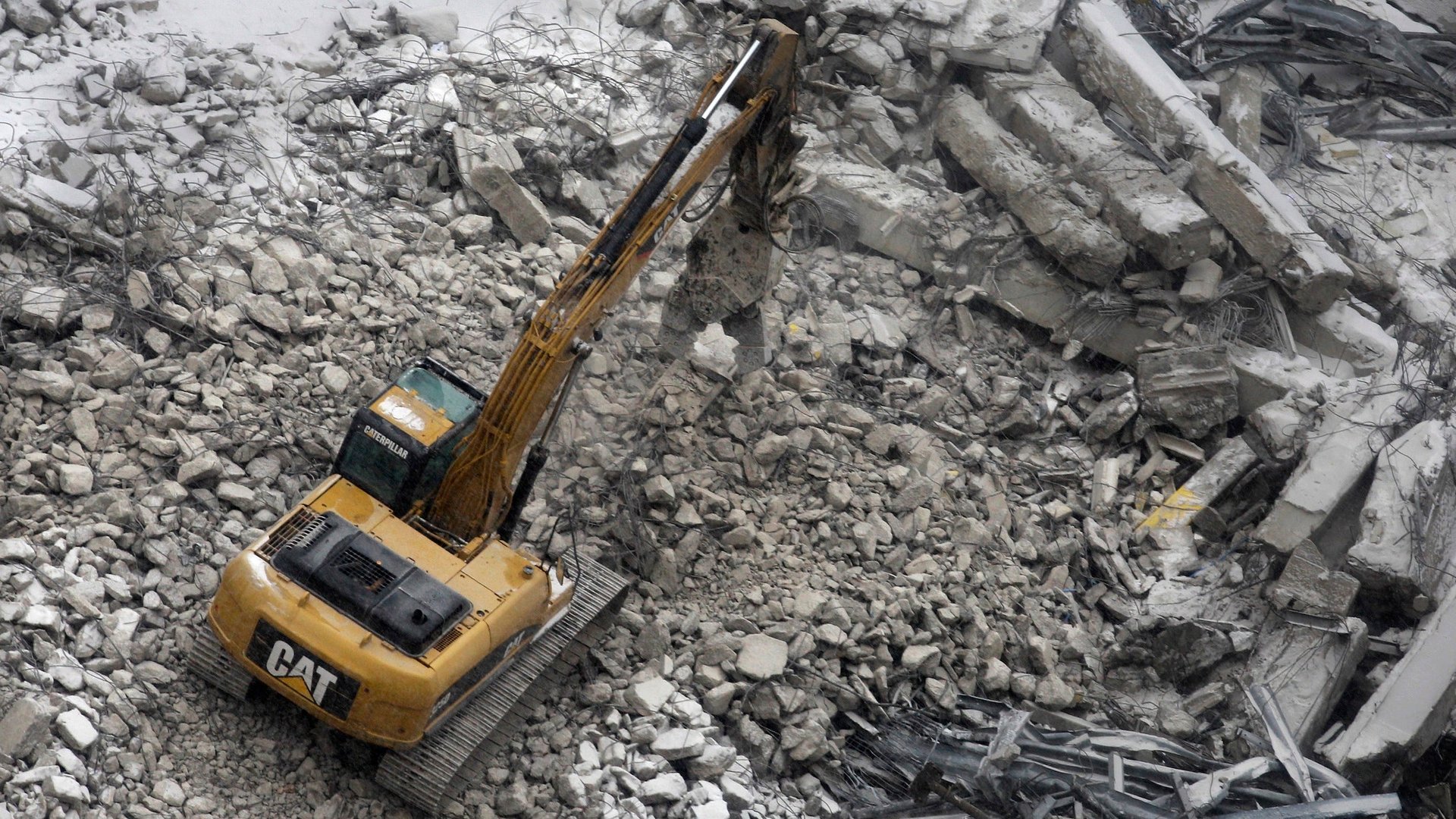Three big questions for Caterpillar about its $580 million China loss
Heavy machinery giant Caterpillar releases quarterly and full year earnings today (Jan. 28). And analysts are bound to ask just how the company managed to lose $580 million in an alleged Chinese accounting scandal.


Heavy machinery giant Caterpillar releases quarterly and full year earnings today (Jan. 28). And analysts are bound to ask just how the company managed to lose $580 million in an alleged Chinese accounting scandal.
To recap, Caterpillar last June purchased Hong Kong-listed ERA Mining Machinery Ltd. ERA’s principal shareholders included Emory Williams, a former chairman of the American Chamber of Commerce in Beijing. The company’s main asset was Siwei, a firm based in Zhengzhou, central China, which claims to provide equipment for the mining industry. On January 18, Caterpillar said it had uncovered “deliberate, multi-year, coordinated accounting misconduct concealed at Siwei.” The write-off was a significant chunk of what Caterpillar paid for ERA.
Some questions analysts and investors may wish to ask today include:
1) Why did this come to light only noticed after the acquisition?
Caterpillar explained that, in November last year, it noticed “discrepancies” between the inventory recorded on Siwei’s books and its actual, physical inventory. It added: “This was determined by a physical inventory count conducted at Siwei as part of Caterpillar’s integration process.” The company needs to explain why it did not count Siwei’s physical inventory before buying the business.
2) Is it enough to rely on audited financial statements before acquiring a Chinese company?
Caterpillar said in its January 18 statement: “It is important to understand that Siwei was a publicly traded company with audited financial statements.” But that may not be much of a defense. Long before Caterpillar bought Siwei, it was well documented that even the world’s largest auditors often fail to spot accounting misconduct at Chinese companies.
For example, in June 2011 Sino-Canadian logger Sino-Forest was accused by short seller Muddy Waters of questionable accounting. Sino-Forest filed for bankruptcy protection in March 2012. Last month, the Ontario Securities Commission accused Sino-Forest’s auditors, Ernst & Young, of failing to properly scrutinize the company’s accounts.
Meanwhile, over 100 US-listed Chinese companies trading on American exchanges have been delisted following allegations of fraud or dodgy accounting. All these listed companies had auditors, and the SEC began investigating the auditing standards of Chinese companies’ accounting in 2011.
All this suggests that firms like Caterpillar should undertake forensic-level checks of Chinese firms’ audited financial statements before making investments.
3) Did Caterpillar notice Siwei’s biggest red flag? If so, how was it explained away?
Many of the Chinese companies that have been delisted from American exchanges originally got their listings via “reverse mergers”. This is a process whereby a private company buys a shell company that is already listed and injects its assets into the shell. By doing so, the private business escapes the regulatory scrutiny normally involved in going public.
Siwei was one such reverse merger. Its assets were injected into ERA, the Hong Kong-traded shell company that Caterpillar bought. That meant Hong Kong’s usually rigorous listing committee had not looked closely at Siwei. Shareholders should question whether Caterpillar noticed this red flag and, if so, how it went on to investigate and justify its purchase.